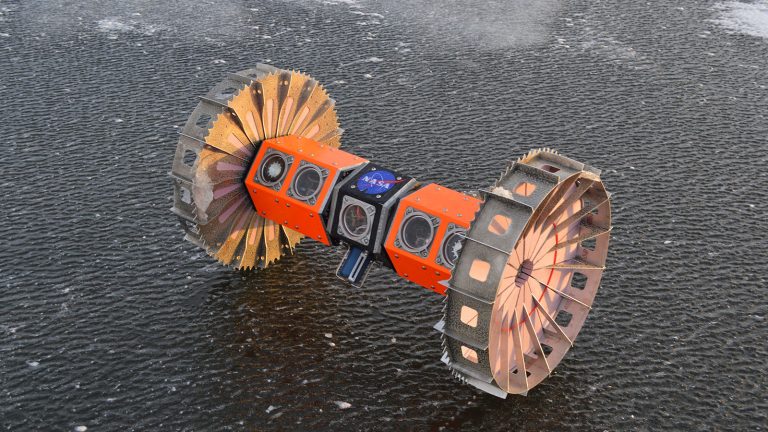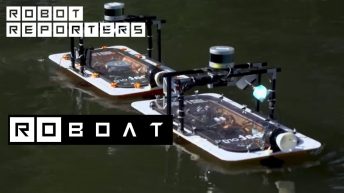NASA will test the Buoyant Rover for Under-Ice Exploration Robot (aka BRUIE) in Antarctica, with support from the Australian Antarctic Program. BRUIE is a robot that could one day explore the icy ocean on Jupiter’s moon Europa in the search for alien life.
NASA’s BRUIE robot is being developed for underwater exploration in extraterrestrial, icy waters by engineers at NASA’s Jet Propulsion Laboratory in Pasadena, California.
There are moons throughout the solar system believed to be covered in deep oceans hidden beneath thick, frozen surfaces.
BRUIE’s first mission in Antarctica
While the team has previously tested BRUIE in Alaska and the Arctic, this is the rover’s first trial in Antarctica.
Scientists like Kevin Hand, JPL lead scientist on the Buoyant Rover for Under-Ice Exploration project, believe that these lunar oceans, such as those on Jupiter’s moon Europa and Saturn’s moon Enceladus, may be the best places to look for life in our solar system.
The rover is unique in that it uses buoyancy to stick to the underside of the ice and move upside-down using wheels, so it can get up close to the ice-water interface for sensitive measurements.
DR. Andy Klesh, engineer at NASA JPL
The robot is 1 meter long and equipped with two wheels to roll along beneath the ice, the buoyant rover can take images and collect data on the important region where water and ice meet, what scientists call the “ice-water interface.”
During several Antarctic field tests, the rover will remain tethered to the surface as Dr. Hand, Dan Berisford (mechanical engineer) and Dan Arthur (University of Western Australia engineer) test its instruments, including its two HD cameras.
The team will continue to work on BRUIE until it can survive under the ice for months at a time, remotely navigate without a tether and explore the ocean at greater depths.
NASA is already at work constructing the Europa Clipper orbiter, which is scheduled to launch in 2025 to study Jupiter’s moon Europa, laying the groundwork for a future mission that could search for life beneath the ice.
NASA’s Operation IceBridge is the largest survey of Earth’s changing ice
NASA has been collaborating with the Australian Antarctic Program on several other projects, such as the ambitious Operation IceBridge, mapping the ice sheet and sea ice of East Antarctica from a low-flying Gulfstream V aircraft packed with sophisticated instruments.
Article Source: https://www.jpl.nasa.gov/news/news.php?feature=7543 https://www.itnews.com.au/news/aus-antarctic-division-testing-nasa-robot-destined-for-europa-534265 http://www.laht.com/article.asp?ArticleId=2485916&CategoryId=13936







